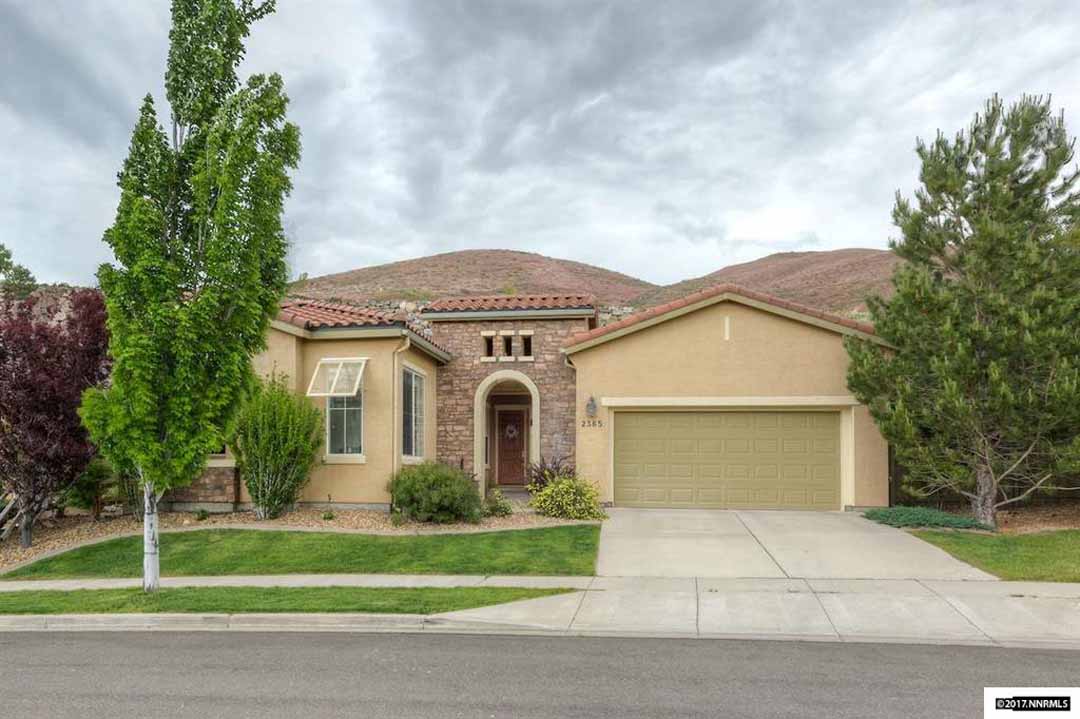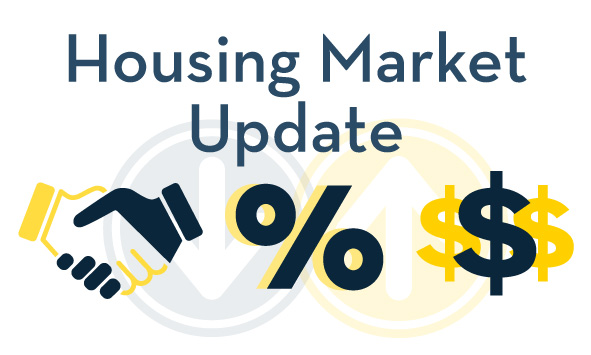In a three-part video interview series, we asked Nevada Small Business Development Center and Brian Bonnenfant our region’s expert in economic and real estate data whether or not we are in a bubble. In the initial interview, Brian Bonnenfant explains the “perfect storm” that created our growth. Next he describes housing affordability and how demographic changes are explained by patterns of in-migration. In the final video, he discusses how we can alleviate growing pains including creative ideas for the future.
Is this growth in Northern Nevada real?
Administered through the Nevada Small Business Development Center in The College of Business at the University of Nevada, Reno, Brian Bonnefant manages the Center for Regional studies which is an outreach arm of the University offering all sorts of applications of economic development research and analysis. The public and private sector both utilize data that Brian Bonnenfant produces to inform the feasibility of projects, fiscal studies, economic impacts, etc.
In his position, Brian Bonnenfant is frequently asked,”Is this growth real?” Brian Bonnenfant starts by explaining how we got to where we are today. Before TESLA, it was the “perfect storm”. We started to recover from the recession and our region sought to develop industrial parks, given the affordability of land to the east known now as the Tahoe-Reno Industrial Center (TRI Center).
Our growth started to take place pre-TESLA but the company announcement supercharged economic activity. Collaborative economic development efforts successfully attracted companies to our region, but the critical piece to this puzzle that many don’t know or understand is the public-private partnership in the TRI Center.
The critical piece to this puzzle that many don’t know or understand is the public-private partnership in the TRI Center.
Roger Norman and Lance Gilman, developers of the TRI Center, put the money in the interstate interchange, rail, sewer, water, and redundant fiber as part of their 100,000 acre industrial development. Typically the private side of development does not build out this degree of infrastructure, but Roger Norman and Lance Gilman knew this would catapult the region through expediting the development process for industrial companies. As part of the developer’s agreement, Storey County promised that any company seeking to build in the TRI Center would receive all their permits necessary to conduct business within 60 days.
This growth is real; this is not another bubble. If you look at the jobs tracked since the recession you will see the growth. In 2016, we increased jobs by over 10,000 in the Reno MSA. As of May of 2017 we are up 6,800 jobs. We can expect a total of 10,000 jobs in 2017, which is an indicator that this growth is real in addition to the unemployment rate dropping from 12% during the recession to the four percent we are at now. Watch the video and learn more here.
How has the growth in Northern Nevada affected housing affordability?
Challenges of growing pains include the sharp increase of prices and what that’s doing to the affordability of housing. When we consider affordability, there are two parts: the buy side and rental side. On the buy side, it’s “drive to qualify”. If you want to own a home on the lower end, you’re looking at Cold Springs, Fernley, Dayton and even Carson City. On the rental side, more inventory is coming onto the market which will alleviate prices.
The rental market is picking up slack for low supply of housing listings with 2,200 new rental units under construction in relatively urban areas of Reno-Sparks. This is important as studies indicate more millennials are moving into the region and they prefer to live in urban areas, instead of buying a home located in the suburbs. For now, the rental market will have to suffice and meet the demand of our ever-growing 25-35-year-old population.
Since 2013, we continue to experience near double-digit median home price increases quarter-over-quarter, annualized around 10% every year. Until housing reaches the point that income and wages can no longer afford that median home price, we expect prices to increase further. Eventually prices will plateau and go down to normal appreciation rates.
The plateau in home prices also has to do with what type of home people are looking to buy. We will reach our 2006 median prices for existing housing by the end of this year which is about $350,000. In 2018, Brian Bonnenfant projects we will reach a median home price for existing homes in the $390,000 range which is currently the median home price for new single-family homes. At that point, we will see more people buying new versus existing single-family homes.
This is important as an increase in housing development and new home purchases will alleviate the loss of revenue local government experienced as a result of the recession. When people buy a new home, new property taxes and fees are generated which creates revenue local governments need to maintain and build the infrastructure supporting our growth. Watch the video and learn more here.
What does the growth in Northern Nevada look like in the future?
In the future we can expect more development of the detached single-family product out on the fringes of Reno-Sparks in Dayton with USA Parkway complete and off of Highway 50 in Fernley and Carson City. We will see more of the attached product within the McCarran loop, which is called the in-fill. This is where we will see more townhomes and condos; it will be creative product that millennials like in the urban market.
Across the nation, there is a low population of 25-35-year-olds. Most regions across the country are losing this age range but this population is what leads our in-migration in Reno-Sparks. This is a critical data point for employers examining labor force issues and for investors and business owners anticipating changes in purchasing behavior. The industry wage determines buying patterns so investors and developers must pay close attention to industry and demographic changes in the area.
In addition to concerns about millennial purchasing power, we have to think about how this growth affects our region’s infrastructure. There are certainly growing pains, challenges, and with the Nevada tax structure, we pay at the backside not the front-end. While local governments may repair and build new roads, sewers and schools, revenues to afford new improvements are not collected until after new homes are built and purchased. Eventually the additional tax revenues and property tax on the backside of new home purchases will alleviate revenues to local government so that they can afford infrastructural needs.
We have to be creative as we look into the future, given the topography of Reno-Sparks. We have limited transportation growth as we live in mountains, valleys and hills. We are not Vegas; we can’t add more roads to a pre-existing grid. Future considerations include hyperloops, autonomous vehicles, and Brian Bonnefant projects that we will see driverless cars sooner rather than later. With Google’s purchase of 1,210 acres in the TRI Center and the rumor of their collaborative work with other large car makers on autonomous vehicles, it’s an exciting time to live and do business in our growing regional economy. Watch the video and learn more here.



